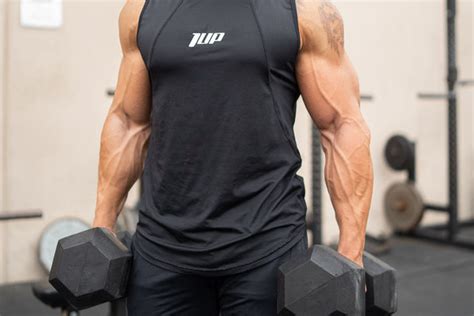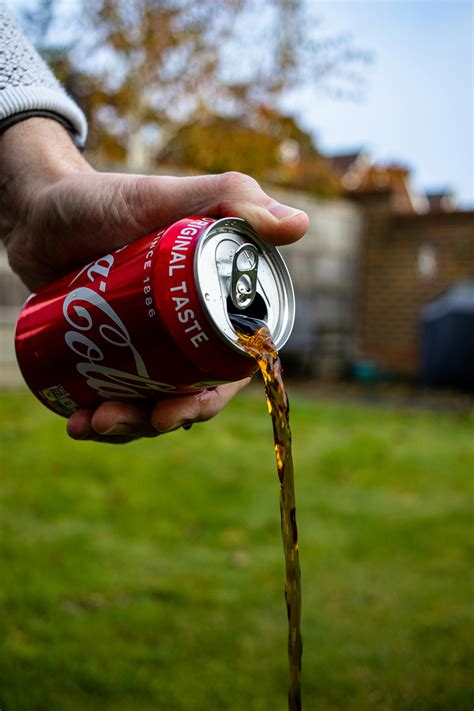Overcome strength plateaus for consistent peak fitness performance?

Understanding and Conquering Strength Plateaus
Every fitness enthusiast, from seasoned bodybuilders to casual gym-goers, eventually encounters the frustrating wall known as a strength plateau. This is the point where your progress grinds to a halt; the weights that once felt challenging but manageable now seem insurmountable, and your lifts stubbornly refuse to improve. It’s a natural part of the fitness journey, but it doesn’t have to be a permanent roadblock to your peak performance.

Why Do Strength Plateaus Occur?
Before you can smash through a plateau, you need to understand its root causes. Plateaus are often a signal from your body that it has adapted to your current demands and requires a new stimulus. Common reasons include:
- Lack of Progressive Overload: The most fundamental principle of strength training. If you’re not consistently increasing the stress on your muscles (more weight, reps, sets, or less rest), they have no reason to grow stronger.
- Inadequate Recovery: Muscle growth and strength gains happen outside the gym. Insufficient sleep, poor nutrition, and chronic stress severely hinder your body’s ability to repair and adapt.
- Overtraining: Pushing too hard, too often, without sufficient recovery can lead to fatigue, decreased performance, and even injury, paradoxically stalling progress.
- Nutritional Deficiencies: Your body needs fuel to perform and rebuild. A diet lacking in adequate calories, protein, or other essential macronutrients and micronutrients will limit your strength potential.
- Poor Technique: Compromised form not only increases injury risk but also prevents you from effectively targeting muscles and lifting your true potential.
- Mental Fatigue: The grind can wear you down. A lack of motivation or belief in your ability to progress can become a self-fulfilling prophecy.
Strategic Adjustments to Break Through
Once you’ve identified the potential culprits, it’s time to implement targeted strategies to reignite your progress.

1. Revamp Your Training Program
- Vary Your Stimulus: Introduce new exercises, change rep ranges (e.g., from 3-5 reps for strength to 8-12 for hypertrophy), or alter set structures.
- Periodization: Cycle through different training phases (e.g., strength, hypertrophy, power) with planned deload weeks. A deload involves intentionally reducing volume or intensity for a week to allow full recovery before resuming heavier training.
- Advanced Techniques: Incorporate drop sets, supersets, rest-pause, or forced reps (with a spotter) to push past failure and shock your muscles.
- Focus on Weaknesses: Identify accessory movements that strengthen your weakest links in compound lifts. For example, if your bench press stalls, work on triceps and shoulder strength.

2. Optimize Nutrition and Hydration
- Caloric Surplus: To gain strength and muscle, you often need to be in a slight caloric surplus. Ensure you’re eating enough high-quality calories.
- Protein Intake: Aim for 1.6-2.2 grams of protein per kilogram of body weight to support muscle repair and growth.
- Carbohydrates and Fats: Don’t neglect these. Carbs fuel your workouts, and healthy fats are crucial for hormone production.
- Hydration: Dehydration significantly impairs performance. Drink plenty of water throughout the day.
3. Prioritize Recovery
- Sleep: Aim for 7-9 hours of quality sleep per night. This is where most of your body’s repair and growth processes occur.
- Active Recovery: Light cardio, stretching, foam rolling, or yoga can improve blood flow and reduce muscle soreness, aiding recovery.
- Stress Management: Chronic stress elevates cortisol, which can hinder muscle growth and recovery. Incorporate relaxation techniques into your routine.

4. Refine Your Technique
It’s easy to get complacent. Have a coach or experienced lifter evaluate your form. Even minor adjustments can unlock new strength and prevent injury, allowing for more consistent progress. Sometimes, a slight tweak in foot placement for a squat or grip for a deadlift can make a world of difference.

The Mental Game
Finally, don’t underestimate the power of your mindset. Set realistic but challenging goals, track your progress meticulously, and celebrate small victories. Visualizing success and maintaining a positive attitude can significantly impact your physical performance. Remember that plateaus are temporary hurdles, not impenetrable walls.
Conclusion: Persistence Pays Off
Strength plateaus are an inevitable part of the fitness journey, but they are also opportunities for growth. By systematically analyzing your training, nutrition, recovery, and technique, and making strategic adjustments, you can break through these barriers and continue on your path to consistent peak fitness performance. Patience, consistency, and a willingness to adapt are your strongest allies.







